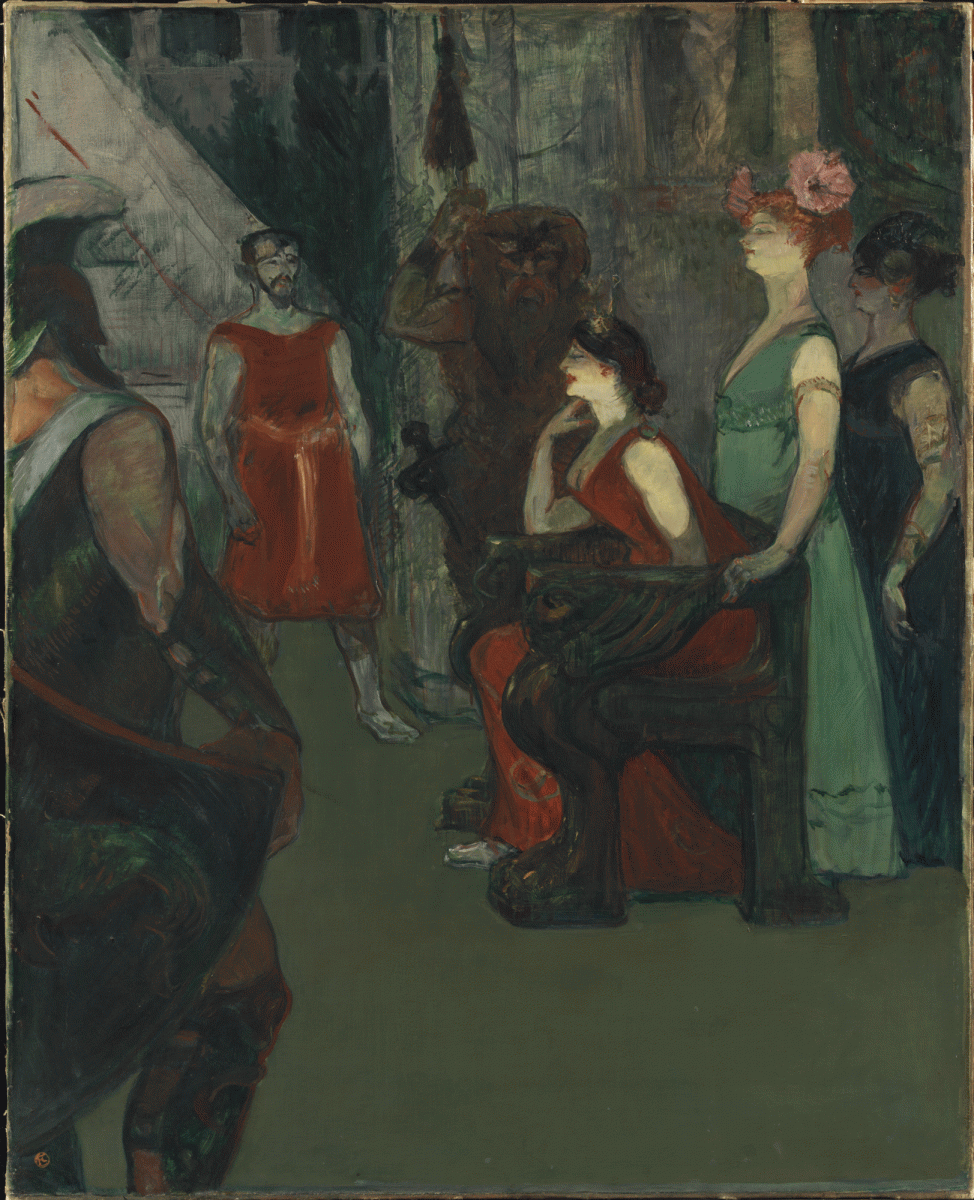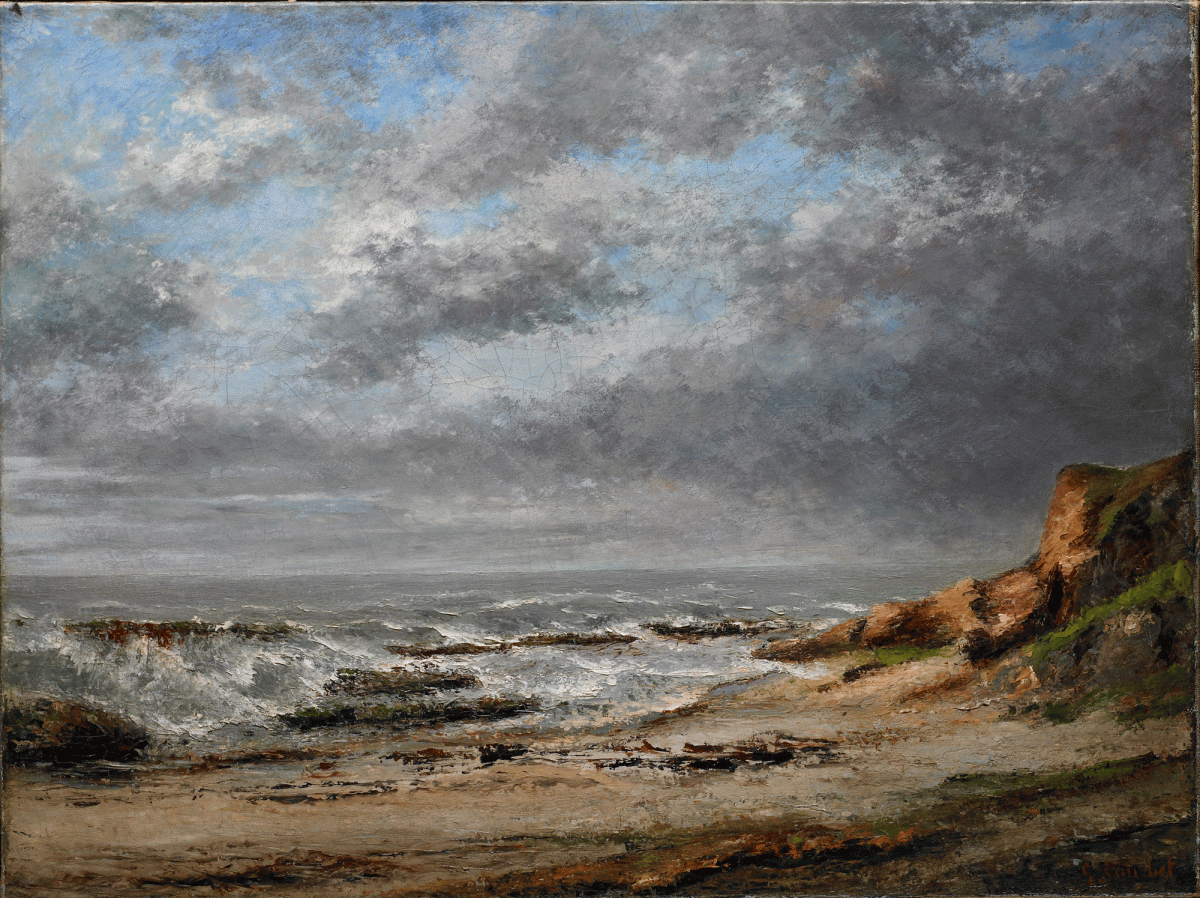Freshmen Draw Inspiration from Museum Collection
Creative Exploration of Color in Life and Artistic Expressions (FRS 130) was a new course offered this spring by Anya Klepikov, a lecturer in Theater through the Lewis Arts Center, and a New York based set and costume designer for theater and opera. Her experiences as a designer clearly enriched the class discussions focusing on the interaction of color with light and the influence of color on a viewer’s perception of space.
The students of FRS 130 began the semester by familiarizing themselves with terminology to discuss color and its relationship to shape, texture, and light. They considered the development of ideas on color from Aristotle through Descartes, and from Goethe through Josef Albers, before tackling their own deeply personal associations with different hues and delving into the potential of color as a subjective voice. Anya brought her students to the Art Museum to encourage them to observe firsthand how color can be used to communicate an incredible range of ideas and feelings, an important concept fleshed out in the course.
In the galleries, each student studied a different painting from the late nineteenth or early twentieth century, matching the colors chosen by a particular artist with selections from 220 pieces of colored paper from a “Color-aid®” pack. Students sketched out the rough outlines of their works on Bristol boards, and later recreated the paintings by cutting their chosen papers into fragments and assembling them into small-scale collages.
“My goal was to have the students stand in front of an original canvas and go through a process of really close analysis of how the painter used color in terms of hue, value, saturation, quantity, and shape.”
The resulting projects are visually stunning and impressive in their ability to capture the shifting hues in a painting and the complex functions of different colors. Some of the challenges encountered included recreating the saturation of the creams and violets found in Claude Monet’s Houses of Parliament.
Depending upon the style of a work and the subject depicted within it, students chose longer strips of paper, as for example in the recreation of Arthur Dove’s Sunrise, Northport Harbor, 1929 and its abstract shapes, or smaller mosaic-like pieces in the “copy” after Degas’ Dancers that create a flickering effect. The course will be offered again next spring and will once again return to the galleries so that students can engage in a dialogue about color in front of original works of art.
Veronica White
Curatorial Assistant for Academic Programs











